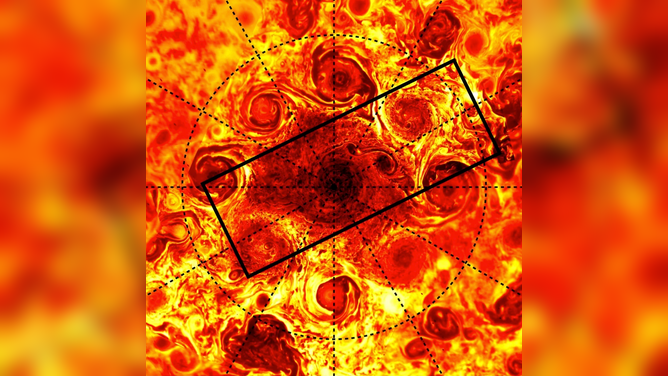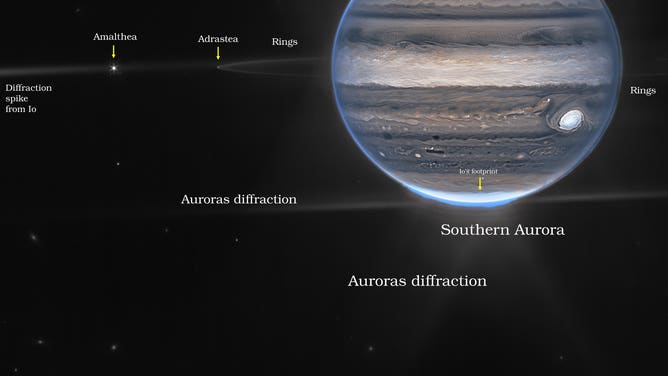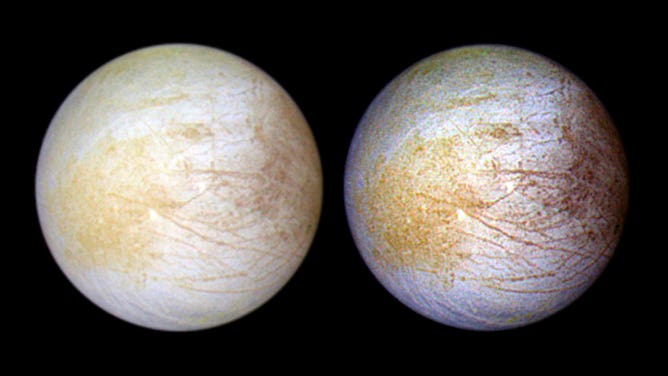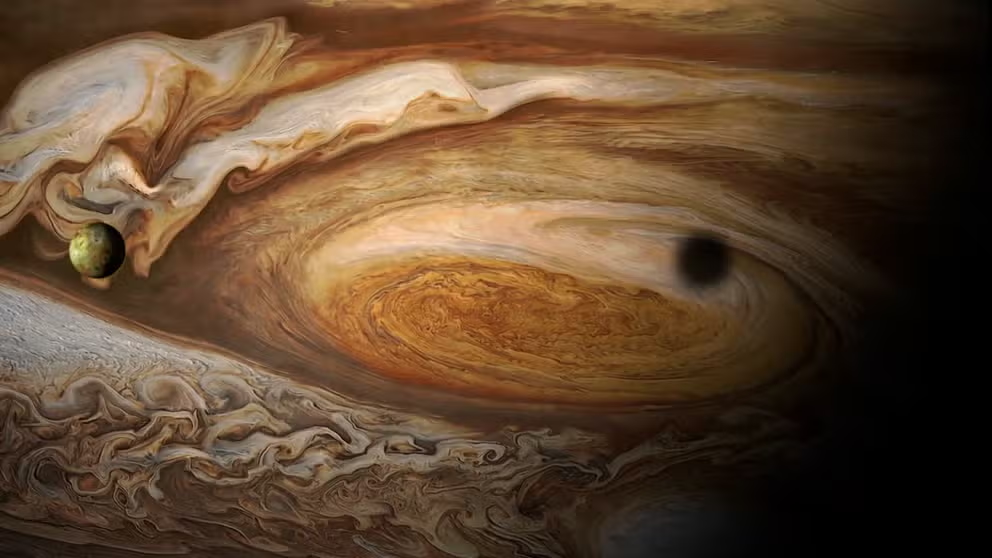Jupiter’s close approach to Earth will offer best views in nearly 60 years
Jupiter opposition happens every 13 months but this year, the giant planet’s closest approach happens during opposition on Sept. 26. The last time Jupiter was this close was in 1963.
Exploring Jupiter's Great Red Spot—the biggest storm in our solar system
Famous for its Great Red Spot, Jupiter is a gas giant with some of the most fascinating weather in the solar system.
Jupiter fans are in for a treat Monday night when our solar system’s largest planet makes its closest approach to Earth simultaneously at opposition, providing the perfect opportunity to see the gas giant in the night sky.
In terms of space, Jupiter will be close to Earth all night Monday, reaching about 367 million miles from our home planet. This is about 300 million miles closer than when it’s at its farthest point from Earth.
What makes Monday’s Jupiter viewing so unique is that at the same time, the planet will be in opposition when Jupiter and the sun are on opposite sides of Earth.
According to NASA, opposition rarely happens at the same time as Jupiter’s closest approach. The last time it did was in 1963.
The best way to view Jupiter’s close-up will be with a pair of binoculars or a telescope. If clear skies are not in your forecast on Sept. 26, Jupiter will also appear larger in the days before and after opposition.
With a larger telescope, some of the planet's features can be seen in more detail, including its bands and the more than 100-year-old swirling storm that makes up the Great Red Spot.
The Great Red Spot has been observed for at least 150 years but could be even older.
Jupiter has some of the most fascinating weather in the solar system.

Cyclones at Jupiter's north pole taken in February 2017 by NASA's Juno spacecraft. (Image credit: NASA)
Its most notable feature, the Great Red Spot, is a swirling storm twice the size of Earth that has been going on for more than a century. Rotating once every 10 hours, Jupiter is covered in winds and jet streams moving up to 335 miles per hour near the equator.
JAMES WEBB SPACE TELESCOPE CAPTURES JUPITER'S SWIRLING WEATHER, COLORFUL AURORAS AND RINGS
Jupiter’s powerful magnetic field creates aurora lights as we see on Earth but at both the planet’s poles.

Webb NIRCam composite image from two filters – F212N (orange) and F335M (cyan) – of Jupiter system, unlabeled (top) and labeled (bottom). (Credit: NASA, ESA, CSA, Jupiter ERS Team; image processing by Ricardo Hueso (UPV/EHU) and Judy Schmidt.)
The gas giant has more than 53 moons, and you might be surprised to know the planet also has rings. The James Webb Space Telescope recently used its NIRCam instrument to show Jupiter's rings in never-before-seen clarity.
Its largest moons are known as the Galilean satellites, Io, Europa, Ganymede and Callisto.

This photograph of the Jovian moon Europa was taken in June 1997 at a range of 776,700 miles by NASA's Galileo spacecraft.
(NASA)
According to NASA, the large moons can appear as bright dots on either side of the planet during opposition.
Jupiter cannot host life of any kind, but NASA plans to explore some of its moons believed to contain global oceans. A future robotic mission to the moon Europa will look for signatures of life in the moon’s ocean underneath its icy crust.
NASA’s Juno spacecraft is the most recent robotic explorer to visit Jupiter and will continue to orbit the planet until at least 2025.
